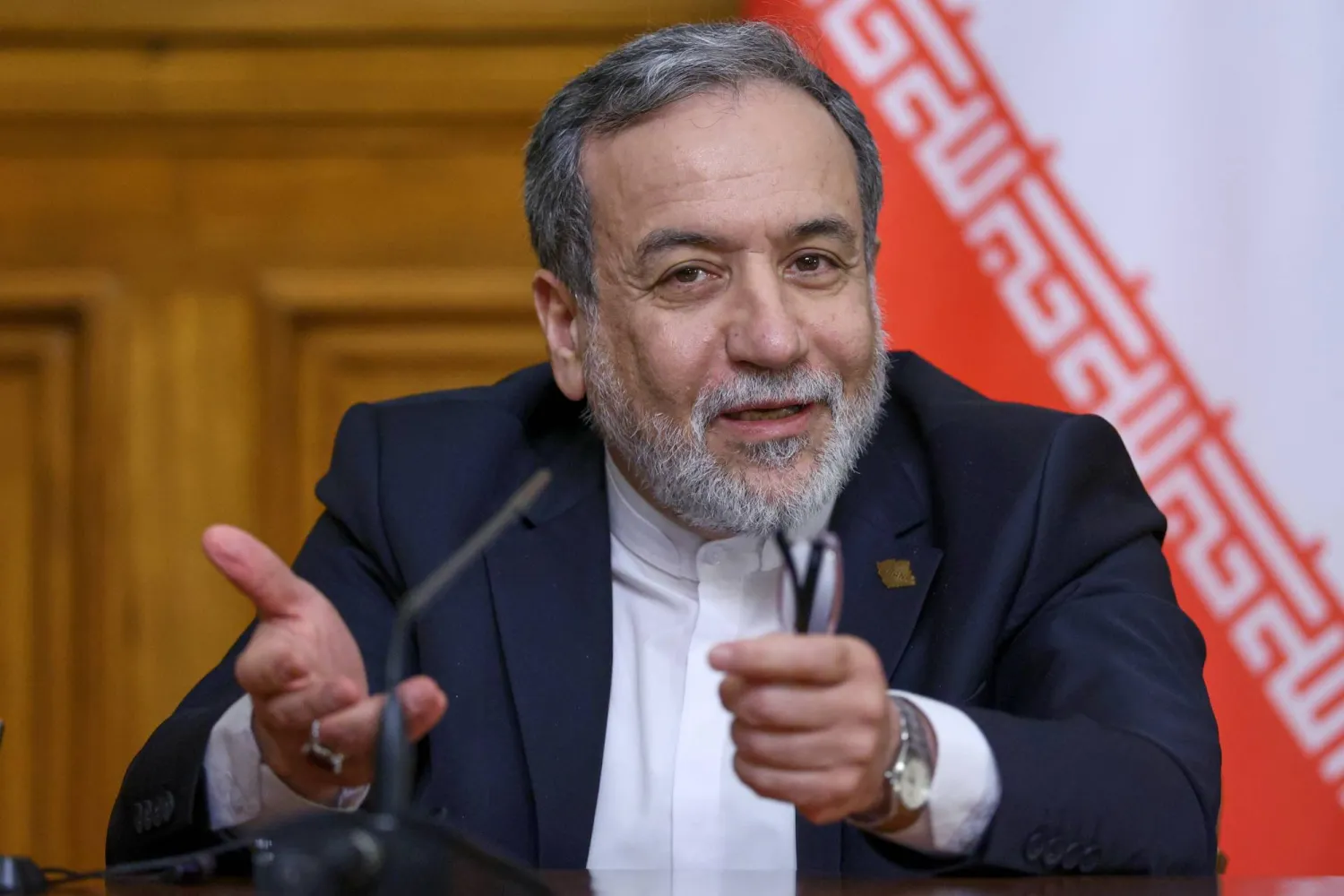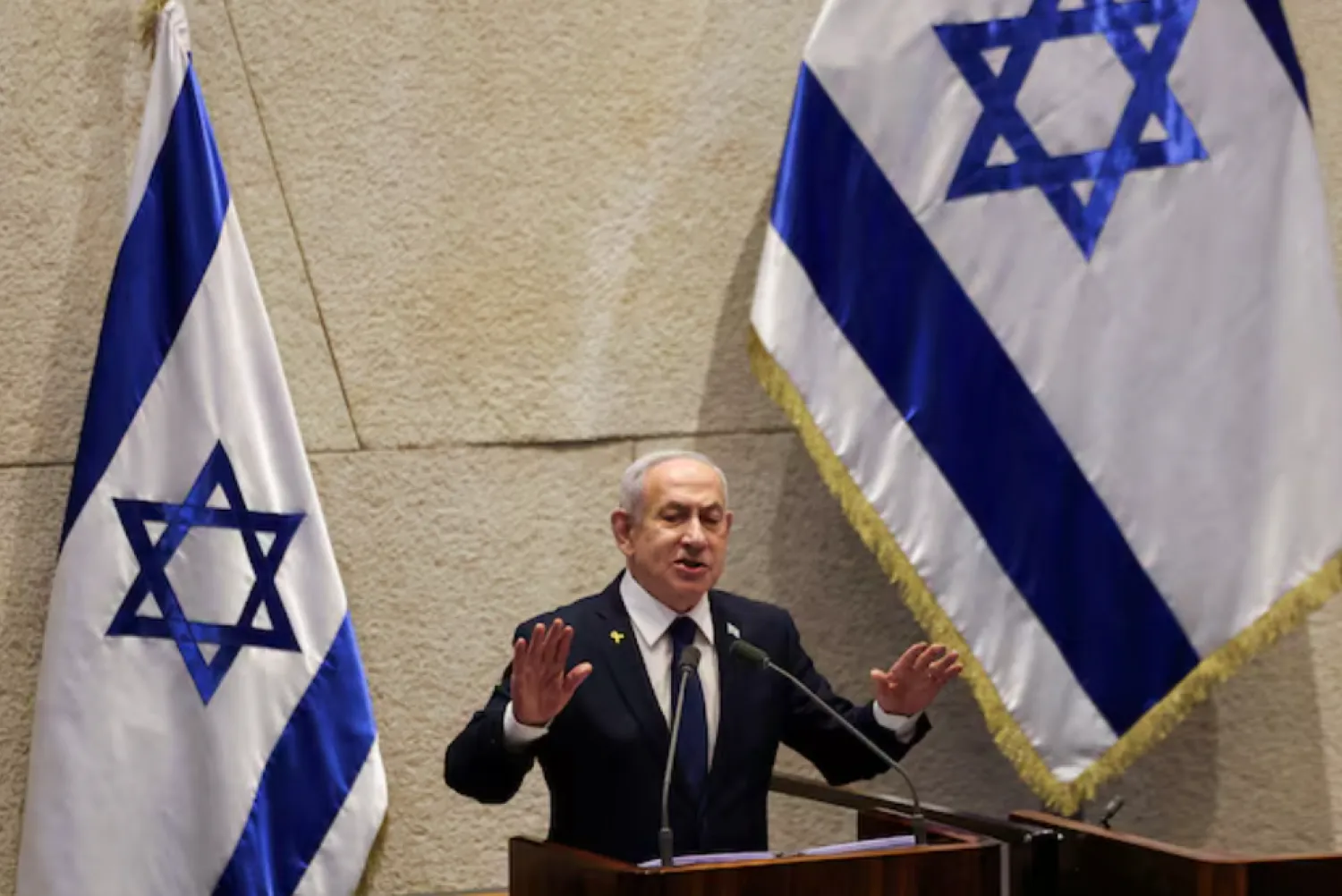Iran's reformist president-elect Masoud Pezeshkian will take the oath of office in parliament on July 30, a member of the legislature's presiding board, Mojtaba Yousefi, said on Wednesday.
“The swearing-in ceremony of Masoud Pezeshkian will be held on July 30,” state news agency IRNA quoted Yousefi as saying.
Yousefi had said earlier this week that the swearing in would be held on August 4 or 5.
The 69-year-old reformist won a second-round runoff against ultraconservative Saeed Jalili. But the President in Iran retains limited authority, as ultimate power rests in the hands of the country's supreme leader, Ali Khamenei, who is considered head of the State.
The Iranian presidential election was called early after the death of president Ebrahim Raisi in a helicopter crash in May and amid public discontent caused by the deteriorating economic situation due to international sanctions imposed on Tehran.
On Wednesday, Hadi Tahan Nazif, the spokesperson for Iran's Constitutional Council affirmed that in accordance with the nation's constitution and historical precedents set after the Iranian Revolution, the presidency will continue to have a four-year tenure.
Nazif clarified that the president's four-year term commences immediately following the election.
He cited that the First Vice President retains the executive responsibility of the country until the new president takes the oath.
Meanwhile, the Tasnim news agency cited an “informed source” as saying that former Iranian deputy foreign minister and chief nuclear negotiator Abbas Araghchi is likely to become Iran’s new foreign minister.
It said that advisors to President-elect Masoud Pezeshkian have “almost reached a final conclusion” about the foreign minister post, and “the most likely option” is Araghchi.
Sources also confirmed that Araghchi has directly consulted in recent days with Pezeshkian about holding contacts with officials of the resistance groups and a number of regional heads of states.
On Tuesday, former Iranian Foreign Minister Mohammad Javad Zarif said he would not serve as a minister in the new cabinet or as the vice president.
“Based on the decisions aimed at rejuvenating the administration, 60% of the ministers will be first-timers under 50 years old,” he revealed.
Meanwhile, Pezeshkian on Wednesday met with former Iranian parliament speaker Ali Larijani and with senior government officials and high-profile figures.
The president-elect also met with Chief Justice of Iran, Gholam Hossein Mohseni Ejei, who underlined his full readiness to assist Pezeshkian in forming a new cabinet that is “in line with the Iranian Republic.”
He also affirmed the Judiciary readiness to assist the government in the realization of social justice.
Pezeshkian had met with Ali Akbar Ahmadian, the secretary of the Supreme National Security Council (SNSC).
During the meeting, Ahmadian affirmed to Pezeshkian the Council’s readiness for cooperation in political and security affairs with the government, according to Nour News, the news outlet close to Iran's SNSC.









